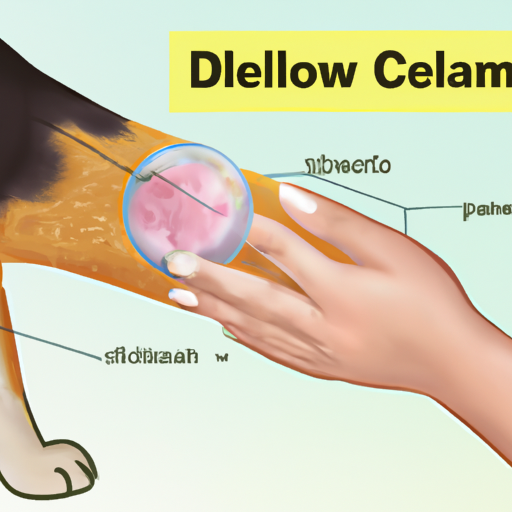As a caregiver for your canine companion, your pet’s health and comfort are undoubtedly among your top priorities. One common issue that dogs often face, particularly larger breeds, is the development of elbow calluses. These rough, often unsightly patches of skin can cause discomfort and even lead to more serious health complications if left untreated. But don’t worry, here’s a guide on how to keep your dog’s elbows smooth and healthy.
1. Understanding Elbow Calluses in Dogs
Elbow calluses develop as a result of repeated pressure and friction on your dog’s elbow joints. This is especially common in larger dogs or overweight dogs who put more weight on their elbows when they lie down. Over time, this pressure causes the skin to thicken, creating a callus. While not inherently dangerous, these calluses can be uncomfortable for your dog and can lead to infections if they crack or bleed.
2. Prevention is Better than Cure
Prevention is the first step in tackling elbow calluses. Some strategies include:
-
Provide Soft Bedding: Dogs often develop calluses because they are frequently lying on hard surfaces. Providing a soft, cushioned bed can help reduce the pressure on your dog’s elbows and prevent calluses from forming.
-
Maintain a Healthy Weight: Overweight dogs are more prone to calluses due to the increased pressure on their elbows. Ensuring your dog maintains a healthy weight can help prevent calluses.
-
Use Elbow Pads: Dog elbow pads or protectors can help shield the elbow area from pressure and friction, preventing calluses.
3. Treating Existing Calluses
If your dog already has calluses, you can treat them with a combination of home remedies and veterinary care. Here’s a step-by-step guide:
- Apply Moisturizers: Apply pet-safe moisturizers to the callus to help soften the skin.
- Use Protective Bandages or Pads: These can help reduce pressure on the callus and prevent further thickening of the skin.
- Consult a Vet: If the callus is severe or becomes infected, consult a veterinarian. They may recommend treatment options like topical antibiotics or even surgical removal of the callus.
4. Potential Complications
Left untreated, elbow calluses can lead to complications such as:
- Infection: Cracked or bleeding calluses can become infected.
- Hygroma: This is a fluid-filled swelling that can develop under the callus.
- Ulcers: Severe calluses can turn into painful ulcers.
| Complication | Description | Treatment |
|---|---|---|
| Infection | Bacteria enter through cracked skin | Topical or oral antibiotics |
| Hygroma | Fluid-filled swelling under the callus | Draining the fluid, surgery |
| Ulcers | Severe calluses turning into sores | Topical creams, surgery |
5. Frequently Asked Questions (FAQs)
Q: Are certain dog breeds more prone to elbow calluses?
A: Yes, larger breeds like Labrador Retrievers, German Shepherds, and Mastiffs are more prone to elbow calluses.
Q: Can elbow calluses be completely cured?
A: With regular care and management, elbow calluses can be significantly reduced and kept under control.
Q: Is it necessary to see a vet for elbow calluses?
A: If the callus is severe, causing discomfort, or showing signs of infection, it’s best to consult a vet.
In conclusion, elbow calluses in dogs are a common but manageable issue. By taking preventative measures and treating existing calluses promptly, you can ensure your dog remains comfortable and healthy. So, roll up your sleeves and let’s ensure the best care for our furry friends!



